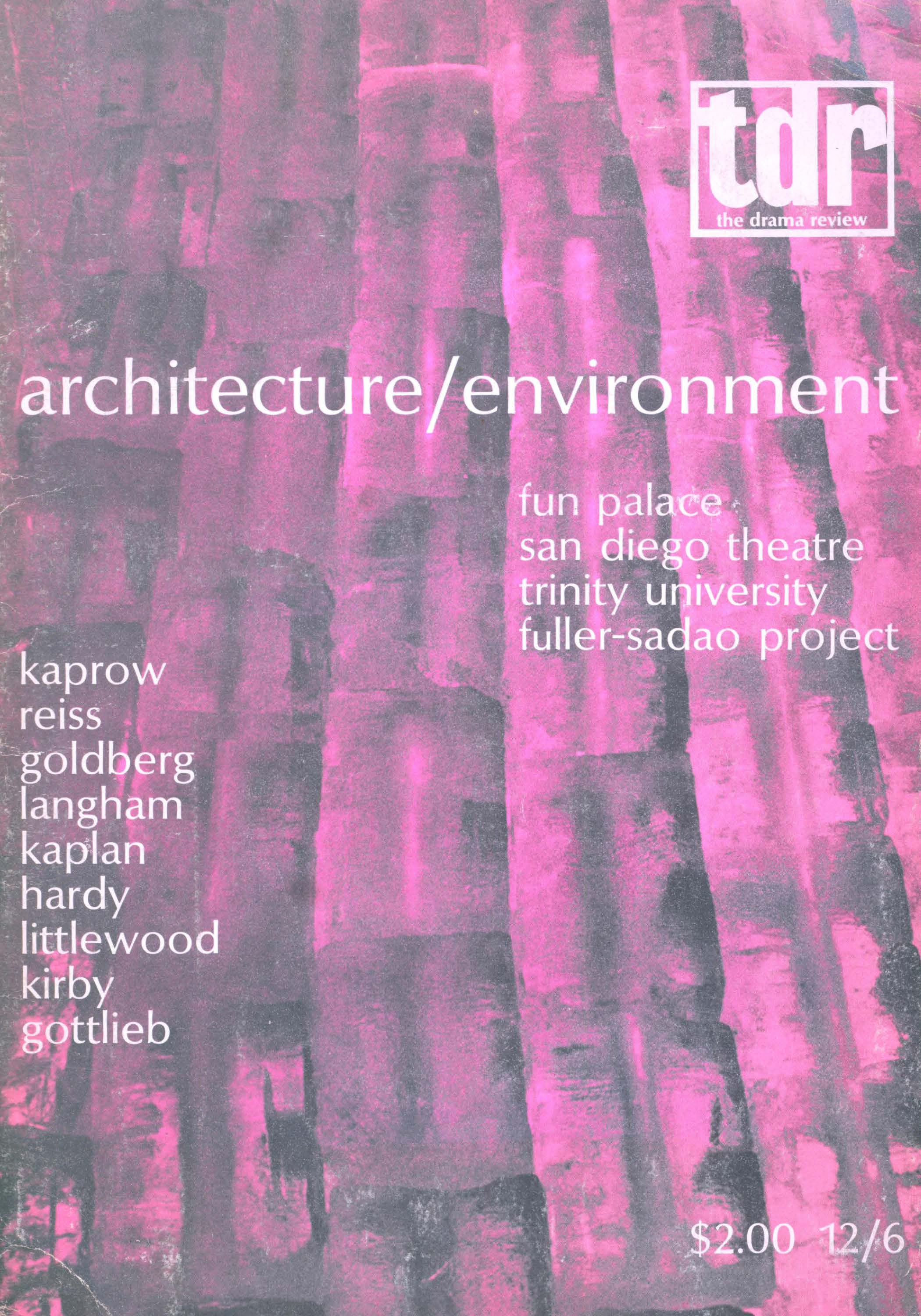Article contents
Aleister Crowley’s Rites of Eleusis
Published online by Cambridge University Press: 07 December 2021
Extract
It had been placed there by Aleister Crowley, occult magician, poet, and author of the advertised ceremonies. It was located directly at the end of an article that rapturously praised a preview of the Rites held during the past summer. The article was signed “P.”—certainly not the most inventive of Crowley's numerous pseudonyms, which included “Lord Boleskine,” “Oliver Haddo,” “Count Vladimir Svareff,” and his favorite, “The Beast.”
Crowley's predilection for fictive names was matched by his fascination with costume, whether it was the leopard-skin robe he wore as a Magician of the Golden Dawn, the black gown of the alchemist, the Headdress of Horus with the eye in the triangle, or, as “Baphomet,” full Masonic regalia. The theatrical urge in Crowley becomes apparent from whatever direction he is viewed. His early interest in the occult and its secret systems of knowledge was quickly focused on ritual magic. His poetry was soon elaborated into dense mystery plays. He even dramatized the personality conflicts between himself and others—William Butler Yeats, for one—by engaging them in “magical combat.”
The Rites of Eleusis occurred in Aleister Crowley's life at a point midway between a series of visions he had in North Africa in 1909, which revealed to him his true nature as a Magus, and his involvement with a secret society called the O.T.O. in 1912, from whom he learned the rudiments of the sex-magic that obsessed him for years. He was 35 years old at the time of the performances. The persecution by the press, which was to last until he died in i947, had not yet begun. He saw himself as the prophet of a new religion— Crowleyanity—and the Rites were to be his first great evangelization.
- Type
- Historical
- Information
- Copyright
- Copyright © 1978 The Drama Review
- 1
- Cited by


